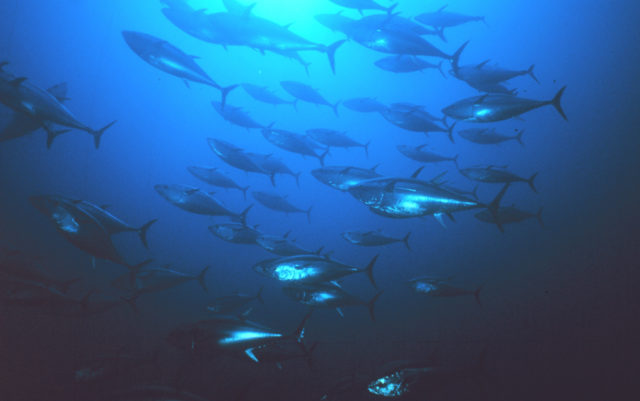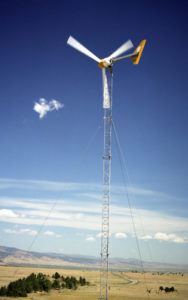
NREL will see $30 million in funding from federal government in 2017
Wind energy research, and especially the National Renewable Energy Laboratory (NREL) in Golden, will see continued funding for fiscal year 2017 from the U.S. government after the Senate approved an amendment to the Energy and Water Appropriations Bill in April.
The Merkley-Grassley amendment added an additional $15.4 million to be redirected to wind energy research from other efficiency and renewable energy programs.
Supporters argue that although wind energy supplied just 4.7 percent of the total electricity generated in the United States in 2015, by 2050 wind energy could fulfill 35 percent of the U.S. electricity demand as predicted in the Department of Energy’s Wind Vision report. The report shows that a continued investment in wind energy has huge potential economic impacts.
For Colorado specifically, the bill included $30 million for the National Wind Technology Center at NREL.
“Wind energy is an important piece of Colorado’s diverse energy portfolio,” Colorado Senator Michael Bennet said in a press release. “Colorado’s booming wind energy industry is strengthening our economy, reducing our dependence on foreign oil, and helping decrease our carbon footprint. This funding will encourage continued research and development in Colorado and around the country to help boost the use of wind energy.”
According to the American Wind Energy Association, Colorado ranks 10th in the nation for installed wind capacity, generating 14.2 percent of its in-state electricity using wind turbines. It also provides almost 7,000 jobs for Colorado residents.
Ocean’s oxygen levels continue to decline

Researchers at the National Center for Atmospheric Research (NCAR) recently discovered that lower levels of oxygen in water could become prevalent by 2030 due to rising sea temperatures. As the globe warms, so does the ocean, and with every one-degree increase in sea temperature, oxygen concentration falls by 2 percent. Oxygen supply for the entire ocean is absorbed at the surface, but warmer water absorbs less oxygen from the atmosphere. Plus, the less-dense warmer water takes longer to spread the oxygen throughout the rest of the ocean.
For marine life, the oxygen depletion could lead to species extinction. Less deep-sea oxygen will force marine animals to condense their habitats and move to find oxygen-rich areas. Less oxygen can also stunt growth and reproduction. For species like blue marlin and tuna, populations may be forced closer to the ocean surface, making them easier prey for fishermen, increasing the overfishing epidemic that already threatens the species.
However, jellyfish populations and bacteria that don’t need oxygen could see an increase. Certain groups of these microbes have been found to produce nitrogen compounds among the most harmful current greenhouses gases, which could lead to faster-paced climate change.
The NCAR study will provide a better way of modeling and predicting these oxygen minimization zones, giving scientists a better way to combat the effects.














